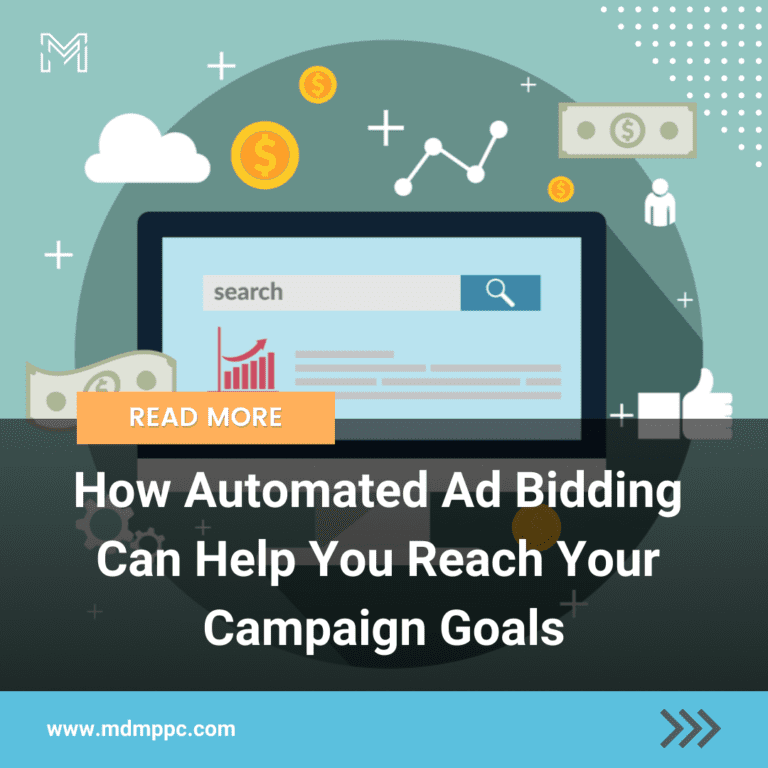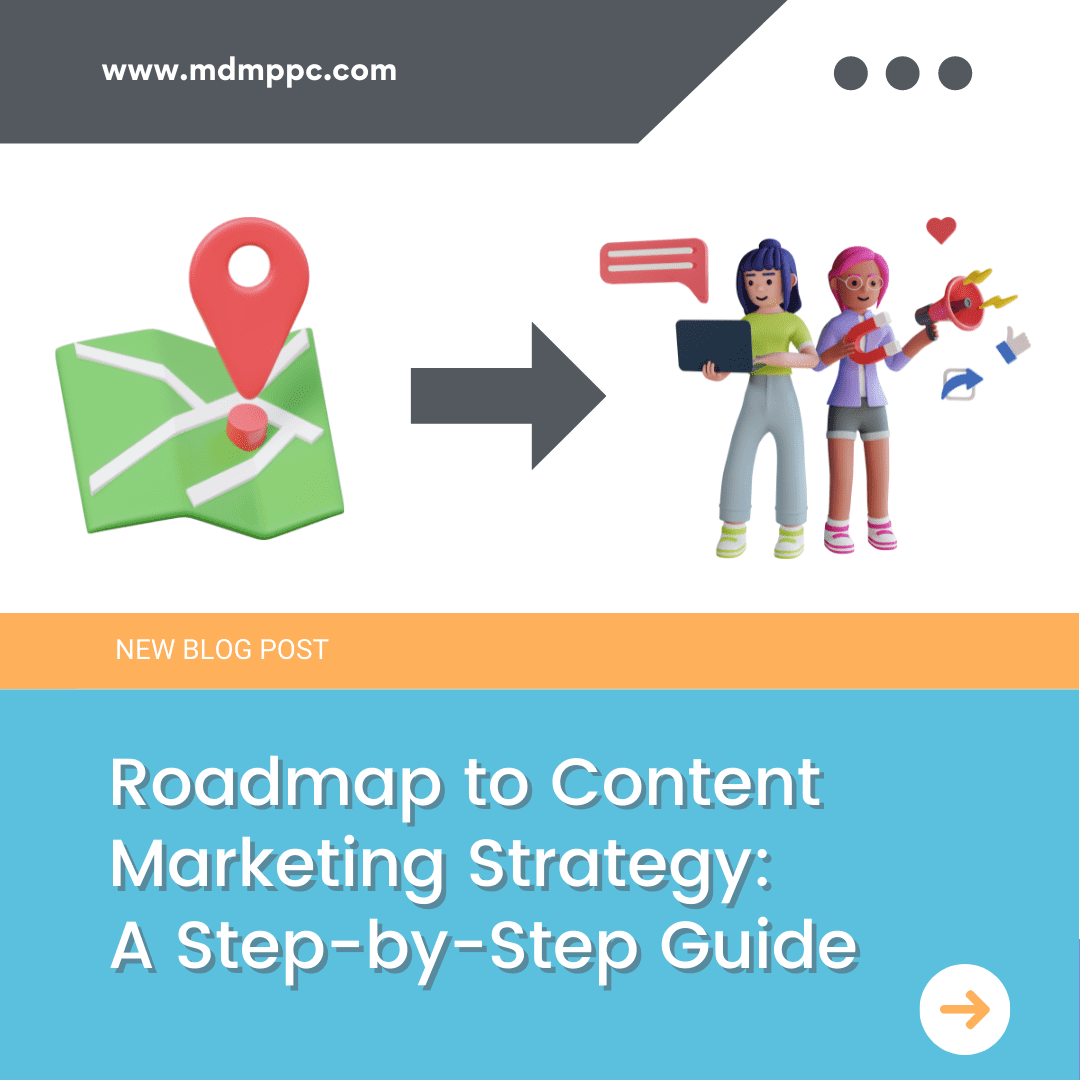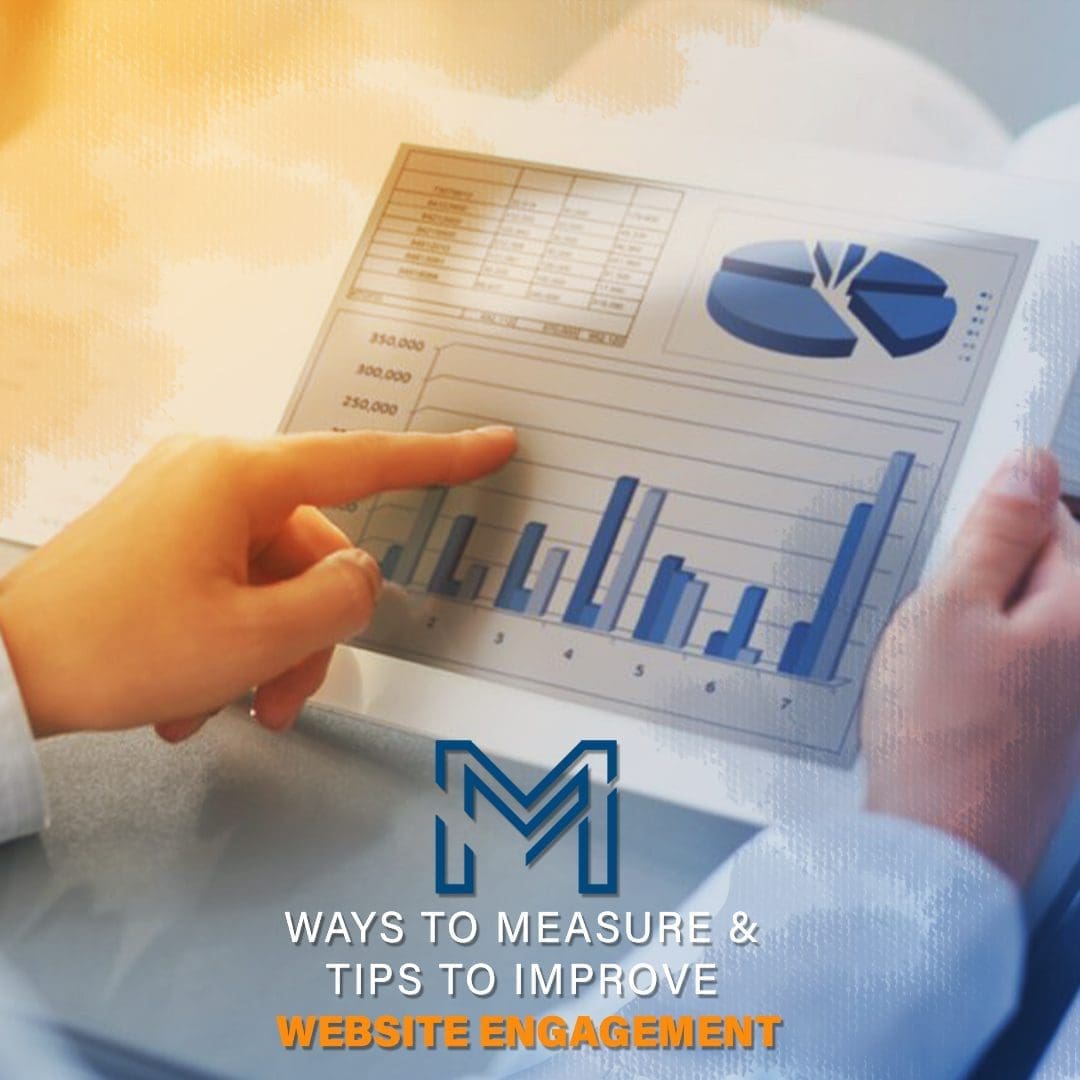When do I start using automating bidding?
If you have a Google Ad account, you might have faced this question.
Because if you go 5 years back, advertisers would prefer more control over their PPC account. But Google has made automated bidding algorithms better and better over time, and this factor has steered advertisers towards automated bidding.
Google Ads offers a number of automated bidding options. Some may be excellent for your account, while others may be disastrous. You might find that each bidding strategy has a place in your Google ads, or you may not always be able to do anything with them. This is impossible to know until you understand the technique behind the working of each bidding method.
In this guide to automatic bidding strategies, you’ll learn:
- The basics of automated bidding.
- Difference between Smart Bidding and Automatic Bidding, and also the working of these strategies.
- Tips for successful automated bidding efforts.
What is Automated Bidding?
When you intend to use Google ads to advertise for your products, you inform Google about how much you’re willing to pay for that appear before your target audience.
And that amount is called bid, which you have two ways to set up in: manual and automated.
You also tell Google the maximum value you’re prepared to pay per click on your ad (CPC) with manual bidding, and you can adjust that bid based on the performance of your ad as determined by the metrics in your reports.
Google uses automated bidding to tweak your bids for you based on the likelihood of a click or conversion on your ad. Additional data points that do not show up in report metrics may be used in automated bidding.
Google Ads offers 8 types of Automated Bidding:
- Target Cost-per-Acquisition
- Target ROAS
- Maximize Clicks
- Maximize Conversions
- Target Search Page Location
- Target Outranking Share
- Enhanced CPC
- Target Impression Share
Difference between Smart Bidding and Automated Bidding
Although the terms “smart bidding” and “automated bidding” are frequently used interchangeably, they are not exchangeable. Smart bidding only refers to Google’s automated bidding techniques that use “auction-time bidding,” which means that each auction will be optimized for conversion value.
There are currently 4 Smart Bidding strategies:
- Maximize Conversions
- Target CPA
- Target ROAS
- Enhanced CPC
Benefits of Automated Ad Bidding
Here are the key objectives which automatic bidding strategies can help you achieve:
Build brand awareness– According to seasoned advertisers. Your ads will be seen by more people thanks to automated ad bidding, which will increase your brand’s exposure and reach. You can boost your brand while keeping a close cap on your budget by using automated ad bidding.
Bidding during the auction– Advertisers who use PPC do not have to worry about choosing the right bid anymore. When you’re planning to place your bids, there are numerous factors to consider.
For example, other than the keyword that the visitor is looking for, you must consider the readership, sex, age group, location, and device.
This levels up the complexity, which is way much for a PPC advertiser to process and handle.
Bids can be processed in real-time using automated bidding. This means it can take into account all of the above aspects and determine the best bid for the unique bidding. This is something a human would be incapable of.
Optimize conversion rates– At the end of the day, you would like visitors to take specific activities on your website, such as completing a feedback form or purchasing something.
You can make smooth your marketing strategy drive the most valued traffic possible by continuing to increase bids on adverts that lead to sales and lowering bids on those that don’t. Even if you pay more for conversion-oriented ads, you’ll almost certainly see a higher overall return on investment (ROI).
Smart Bidding Strategies for the Success of Your Business
It’s difficult to know which automated bidding strategy is best for you when there are so many options. The real kicker is that many of them are customizable, so you can play around with them until you find one that suits your needs.
1. Maximize Conversions
Maximize Conversions is a totally automated bidding tactic. This means that Google does not take into account specific search term bids set by advertisers. It simply selects a Cost-per-click bid based on the bidding strategy’s goal.
This bid strategy aims at maximizing conversions while staying within your daily budget. There really are no additional controls available to the advertiser, as we will see in future possibilities. It’s critical that each Maximize Conversions campaign has its own daily budget and is not part of a collective budget, as this tactic would always try to spend the entire daily budget per campaign.
Protip: If you have significant capital and you want to automate your adverts to increase conversions, this strategy is ideal.
2. Target CPA
Target CPA, or target cost per action, was once a separate bidding strategy, but it is now only available as part of the Maximum Conversions strategy.
You can set a target cost-per-action here, and Google calibrates bids to get the maximum possible conversions as conceivable at that CPA.
Google uses the strategy to automatically set Search or Display bids to help you get as many conversions as possible at the cost-per-acquisition you’ve set (CPA). It’s possible that some conversions will cost somewhat more or less than you anticipated.
Protip: When you’ve put in place a CPA that you know you’ll be able to invest in attaining a buyer while still making a profit, you should use CPA.
3. Target ROAS
Target return on ad spend (ROAS) is also another way of optimizing for conversions, but it’s based on your return rather than cost-per-action.
For example, if you’re content with a 6:1 return (meaning you get six dollars for every dollar you spend), your intended return on ad spend would be 600 percent. This auction strategy will adjust your bids automatically to reach that target.
Target ROAS is an asset allocation bid strategy as well as a standard campaign bid strategy.
Protip: When you want to put your efforts into steering the maximum value of conversions rather than the most number of conversions, Target ROAS is the best option.
4. Enhanced CPC
With ECPC, Google adapts your manual bid price so as to achieve more conversions at the same cost-per-conversion. While using Manual Cost per click bidding or a portfolio bid strategy, ECPC is an optional feature.
Enhanced click-through rate and conversion rate are the most common benefits of effective use of Enhanced CPC.
Protip: When you want to harness the benefits of automated bidding while still using manual bids, ECPC is the best option.
Tips for Successful Automated Bidding
i) Continue to review targets
After you’ve completed the learning phase, you should evaluate each campaign’s performance to see whether you could even get more out of it while also remaining profitable.
If a campaign is cost-effective, enabling the system to be more assertive may allow you to get even more revenue at a profitable rate. This could mean asking the system to aim for a greater CPA, a lower ROAS, or simply spending more in the case of conversion optimization. This would allow the search engine to target a larger number of users, potentially resulting in a higher conversion rate.
ii) Align the bid strategy with the company’s objectives
Evey advertising needs to be planned with its own set of objectives. You can’t get to know what to optimize for or what a strong campaign looks like unless you have a set-out campaign or a goal.
Advertising goals should be determined prior to the creation of a campaign, not afterward.
Once you’ve determined your promotional objectives, you can pair them with the bid strategy that will most likely help you achieve them.
iii) Wait it out!
Automated bidding requires time to try and learn which types of traffic perform well and which do not.
When you first start using automated bidding, you may notice a decline in performance as the machine learns and tests.
You might be enticed to tweak with automated bidding during this time, adjusting its objectives or even turning it off. Just keep in mind that the system is still learning and will improve over time.
The time it takes for the search engine’s learning capabilities to emerge from the learning phase is determined by the amount of money you spend.
The learning phase should take about two weeks on average. After this time, you should notice a significant improvement in the automated bidding strategy’s performance.
Over to You
Google’s automated bidding offers a great way to save time in the manual process of setting bids while optimizing for more sales, click-throughs, or whatever your ultimate aim is. It is not without challenges, however.
However, it’s totally understandable that you can’t always keep up about Google’s algorithms for your marketing needs.
If you’re stuck at any part or want experts to take it from there, we at McElligott Digital Marketing are happy to help!





